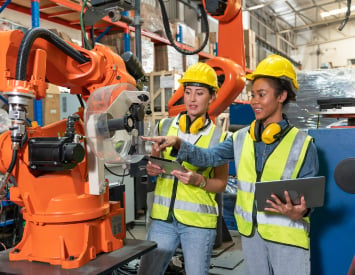Critical equipments of process and heavy engineering industries are prone to significant wear due to intense service conditions.
Uneven and uncontrolled wear causes significant changes in dimensional and geometrical accuracies of the part surfaces, which adversely affect the parts’ functionality and service life of these parts. Shorter service life of these equipments and subsequent replacement of the same is one of the serious economic concerns.
Hardfacing or hardsurfacing is comparatively an advanced metal deposition technology to deposit a hard and complex metal substrate layer on simple and softer base material surface.
This process is gaining popularity at commercial level due to its unique capabilities to develop superior wear, corrosion, and impact resistance properties on worn out parts and offer huge economic advantage as substitute to costly replacement.
The primarily aim of this study is to present a comprehensive review of the work done on the probable candidates for deposition materials, and summarize the influence of various process parameters on hard-faced surface characteristics.
The critical issues like dilution, debonding, and residual stresses have been discussed for multi-layered hardfacing for iron-, nickel-, and cobalt-based hardfacing materials.
The secondary aim of this study is to address practical issues such as selection of proper combination of base-substrate material, to understand the response characteristics of ‘plasma transferred arc hardfacing (PTAHF)’ process to minimize the de-bonding, dilution, and residual stresses and finally to improve quality of hardfacing practice.


